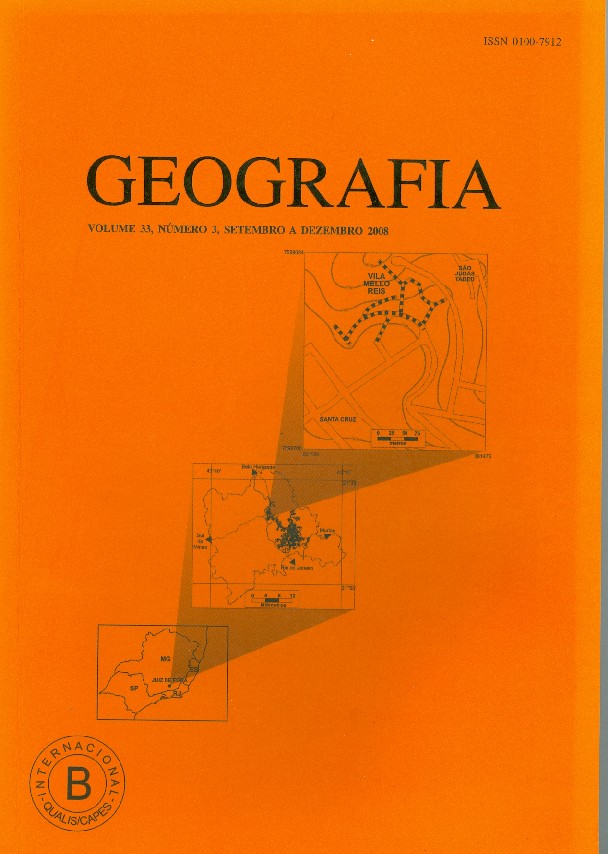Burnt areas assessments using multispectral indices derived from satellite data
Abstract
The objective of this work is the evaluation of three different multispectral indices derived from environmental orbital satellites. Were used TM/Landsat 5 images for 3 different vegetation types, corresponding to Amazon Forest, to Pantanal and to Atlantic Coast restingas, in Ji-Paraná (RO), in Passo do Lontra (MS) and in Serra do Tabuleiro State Park (SC), respectively. The analysis was done using the delta Normalized Difference Vegetation Index (NDVI) and the delta Normalized Burnt Ratio (NDBR and NDBR2.5) from two images, one with a pre-burnt area and the other one with the burnt area. The DNDVI, DNDBR and DNDBR2.5 indices presents a satisfactory result in mapping the burnt area, the best distinction between the burnt area and the adjacent areas was made by DNDBR2.5 where the background had values between -0,01 and 0,02 while burnt area had 0,27 and -0,14 values. In the case of non-supervised classification of burnt area the best result was obtained through DNDBR2.5 index, with an average underestimated area of 33% and a detection error of 20%. Key words: Biomass burning. Environmental impacts. Multispectral indices.Downloads
Published
Issue
Section
License
The authors maintain the copyright and grant GEOGRAFIA the right of first publication, with the articles simultaneously licensed under the Creative Commons BY 4.0 License, which allows sharing and adapting the articles for any purpose, as long as appropriate credits and provisions of image rights, privacy or moral rights. Other legal attributions can be accessed at: https://creativecommons.org/licenses/by/4.0/legalcode.en.
Geography, Rio Claro, SP, Brazil - eISSN 1983-8700 is licensed under the Creative Commons BY 4.0 License.





